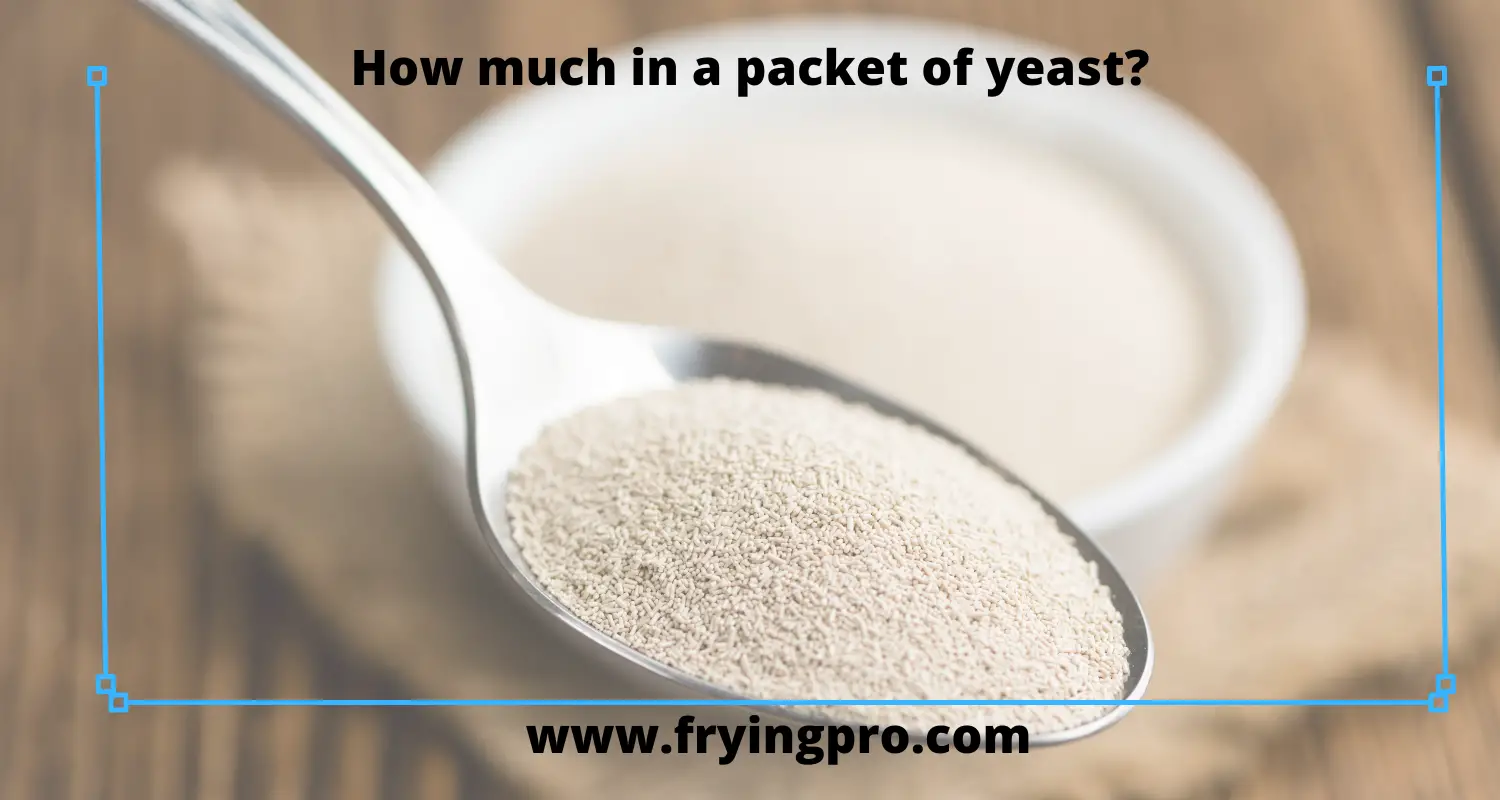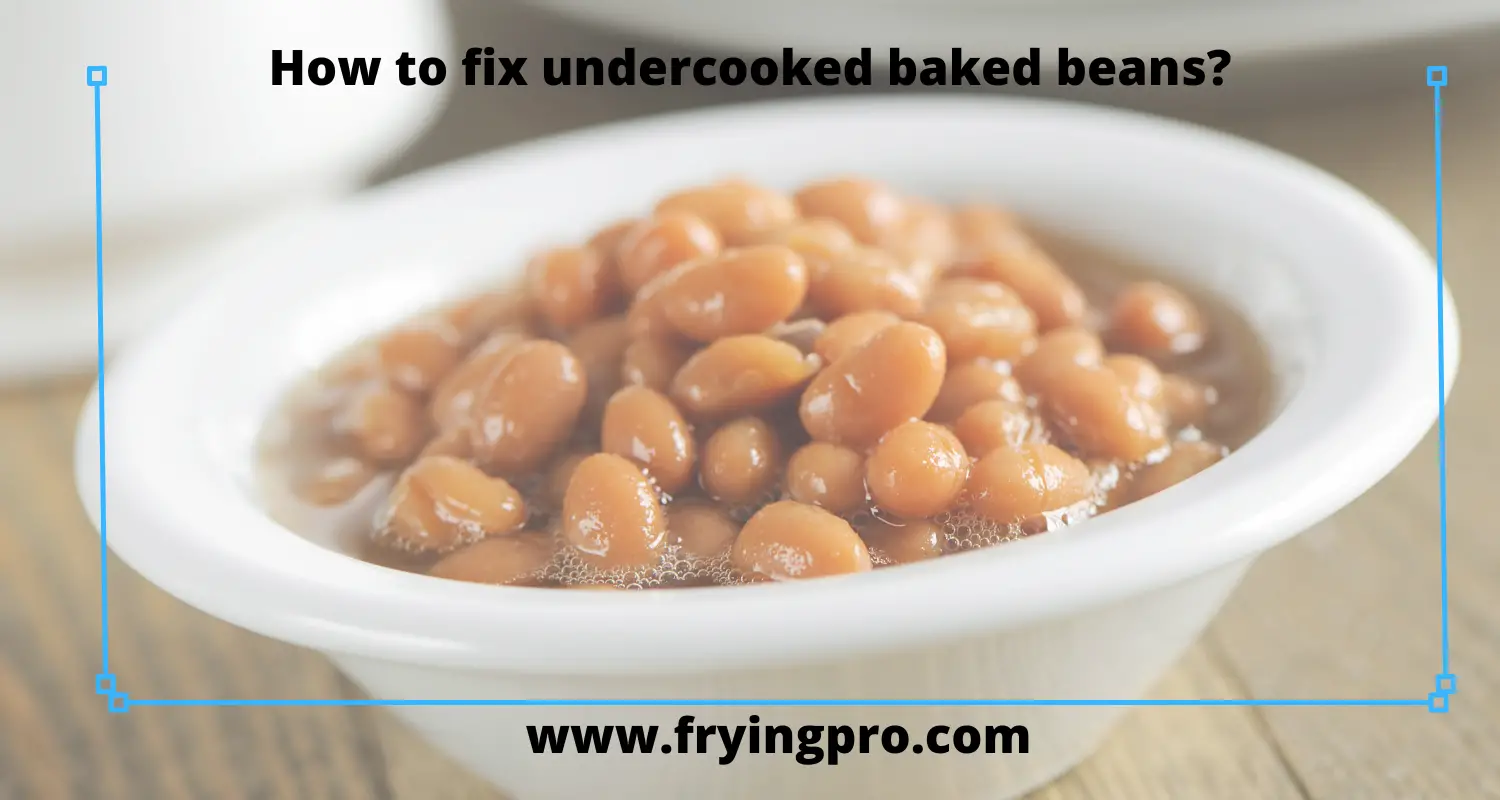Table of Contents
- Can you eat bacon without frying it?
- Will it affect my health in any way if I eat bacon without frying it?
- Water in skillet
- Oven Method
- Tempered glass method
- Popcorn method
- Frying pan method
- Air Fryer Method
- Baking on Parchment Paper
- Hanging Out On A Wire Rack
- Bottom Line
Can you eat bacon without frying it?
Bacon is a trendy breakfast item. It is healthy, delicious, and easy to prepare. People who love bacon often eat it with eggs and biscuits in the morning.
Bacon surely tastes great but cooking it often gets messy, especially when frying.
So often, amateur cooks commonly inquire whether you can eat bacon without frying it.
The answer to this question is. Yes, you can eat bacon without frying it. However, if you are looking for all of the flavors of cooking bacon in a pan or on a griddle, then frying will be your best choice.
Though frying provides a great taste, it compromises the health value. So it is not always recommended that you would fry bacon. Here are some healthy and easy methods of cooking bacon that doesn’t need any frying.
Will it affect my health in any way if I eat bacon without frying it?
In short, it won’t affect your health if you eat bacon, not fried. In fact, it provides a better taste and health value, as mentioned above.
Water in skillet
In this method, bacon is placed in a skillet full of water. A lid is placed on the skillet, which traps in steam. The key is to cook over high heat until the water boils off. If this is done, the bacon will come out in a cooked state without being in contact with any grease or oil that would otherwise be used to fry it. This method will not provide superior taste, but the health benefits of consuming bacon in this way are far more.
Oven Method
Bacon is placed on a rack over a rimmed pan in this method. The pan catches the rendered fat as it runs off into it during the cooking process. To achieve crispy results where one desires them, multiple racks can be stacked on top of each other and placed inside the oven.
This allows for airflow between each rack and will allow fat to drip away from food faster. Higher heat levels must be used within the oven, but more time may be needed for crispier results. If done correctly, this method has produced some very close replicas of traditional fried bacon.
The pros are that they require very little monitoring at all. You can wander off and do what you want while they cook quietly away in the kitchen. The cons are that if you don’t have an oven-safe frying pan, then this is just about impossible. Also, some people complain that this method doesn’t crisp up the bacon and others.
Tempered glass method
Bacon cooked in tempered glass method involves some tricks that must be done correctly, or you’ll end up with broken glass and some severely damaged fingers. This is one of the easiest ways to cook bacon. It has less mess, no oil splashing onto your stove/hands/clothes, and above all, the scene magic, so I recommend you try this at least once if you never did before.
Ingredients
Bacon (as many as you want)
Glass dish(es) (must fit the amount of bacon without overlapping; bigger dishes are recommended for more than 2-3 pieces of bacon)
Tongs (optional but beneficial tool)
Preheated oven (An alternative to boiling water is tempered glass because when it’s rubbed with bacon grease, it acts as if it were a boiling pan that allows cooking the bacon in much less time without being in contact with any actual frying substance.
Microwave cooking
Sliced bacon can also be microwaved for 2-5 minutes, depending on how crispy you want your bacon slices. Just make sure not to cook it too long, or else you end up with chewy dry slices rather than crunchy crispy ones. Since microwave ovens
Popcorn method
You’ll need 4-5 squares of silver foil (depending on how much bacon you’re cooking). Put these into a-7 rashers of bacon and pop them over the top. Sprinkle with salt if you like. The pros of the popcorn method are that you don’t need to heat the house making bacon (since most people will cook their bacon outside on a hot plate if it’s raining), and the cons are that the bacon at the top of the pile doesn’t crisp as well.
Frying pan method
Heat your frying pan with butter or oil until melted. Make sure there is enough to cover the bottom of the pan. Place your rashers into your heated frying pan simmer them on either side until the desired level of crispiness is reached.
The pros are that they’re super easy to do, plain old fry ’em till they’re done! The cons are that you have to use more energy heating up an entire stovetop for one person. However, if you’re cooking more bacon, it shouldn’t be too much of a problem. The taste of the bacon using this method comes out much less crispy than using the oven.
Air Fryer Method
This method involves air frying the bacon in a hot air circulating fryer. The process is fast and healthy but more pricey than cooking inside a pan or oven. It cooks the bacon evenly, allowing for no burnt parts on your breakfast sandwich.
For this, use thin-cut slices of bacon. If you use thick-cut, the process will take longer and could over-cook the bacon to an undesirable degree. You can prepare your slices beforehand if you want them ready to be used in the morning when you make breakfast.
To air-fry bacon, preheat your air fryer to 392 degrees Fahrenheit (200 Celsius) for about 10 minutes while preparing your desired quantity of slices on a sheet pan or other heat-resistant surface inside.
Ensure that each piece is not touching one another before placing it into the machine. Allow cooking for approximately four minutes, frequently checking at three to avoid burning, which may cause smoke and unappetizing flavors in your food. Carefully remove utensils designed for use in hot conditions such as an oven.
The pros of this method are that you can cook a large quantity of bacon quickly because the bacon will not curl or shrivel due to high heat.
The cons are that your food could potentially overcook if you do not watch it while cooking. It also does not offer any insulation around the bacon. This process will require oil, just like other methods mentioned previously in this article.
Baking on Parchment Paper
This is a method that promises a splatter-free cooking experience. The idea is to lay the bacon strips out on parchment paper before baking them. Place a single layer of paper-wrapped (not microwavable) bacon on top of either a cookie sheet or jelly roll pan lined with parchment paper. Put in the oven and bake at 400 degrees.
You now have to wait for the oven to heat up before cooking, which means you now have at least 20-30 minutes before finishing off the bacon. The taste of the bacon will be different too. The bacon won’t have that ‘fried’ taste. Instead, it would have more of an oven-roasted flavor to it.
The pros are that you don’t have to worry about spattering oil or bacon grease, which can do some serious damage to your clothes and the surface on which you are cooking. Also, since the oven is preheated, it takes less time to cook this way – but not really much less time than just sitting around for half an hour before whipping up a batch of bacon.
The cons? Well, for one, you have one more dish to do once you’re done eating because, after all, isn’t every meal better with bacon? Then there’s also the fact that cooked bacon will lose its crispiness if allowed to sit too long.
Hanging Out On A Wire Rack
This method also promises splatter-free cooking, but it takes even longer than Parchment Paper. Firstly, place your oven rack in the center of your oven and preheat it to 400 degrees Fahrenheit (200 degrees Celsius).
After carefully laying down your bacon strips onto a wire rack, put the wire rack into an aluminum pan or other baking sheet. Lastly, go back about 10 minutes later when you hear sizzling sounds – only then should you turn your bacon over.
When you put it back into the oven, remember to rotate your pan so that the side that faced the back of the oven now faces out. You’ll cook for about 30 minutes total this way before pulling out some perfectly crispy bacon strips!
Bottom Line
We’ll conclude by saying if you are planning to have bacon for breakfast, do it right. The best appliances are griddles and electric skillets that allow the bacon to cook slowly without needing too much attention. We’re out of things to say about frying your bacon, so we’ll leave you with this.
Yes, you can eat bacon without frying it! And no, we wouldn’t recommend doing that; unless there’s a life-threatening circumstance where cooking equipment can’t be found (we’ve all been there). All in all, the best way to make sure the fat renders properly is by using low heat and making sure not to overcrowd your pan or skillet.







